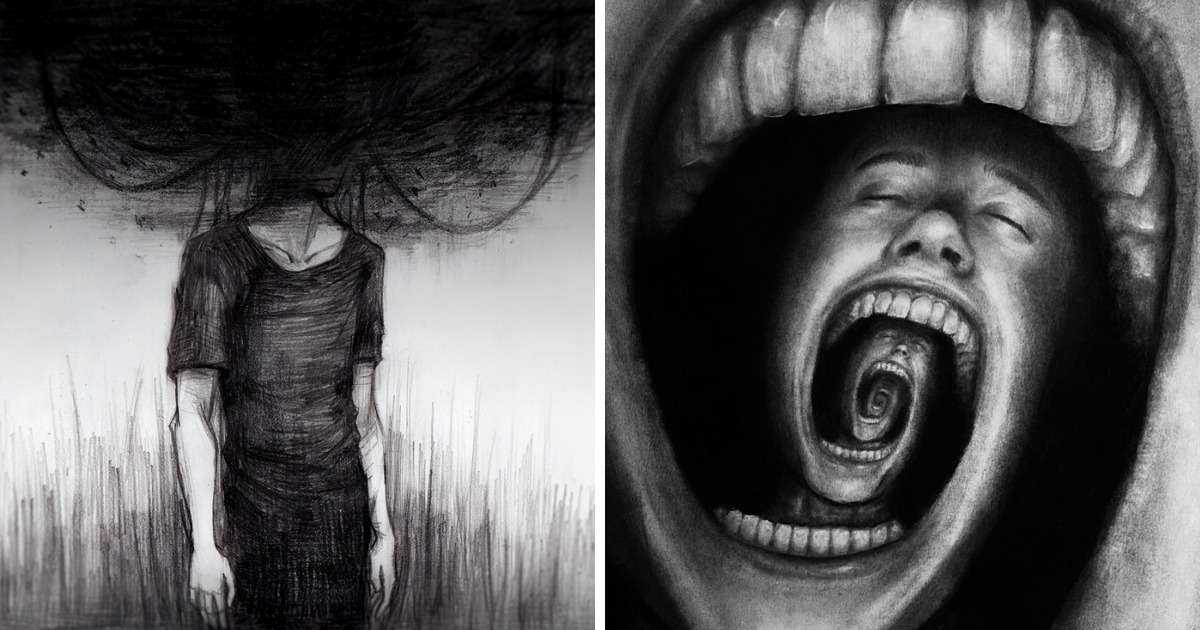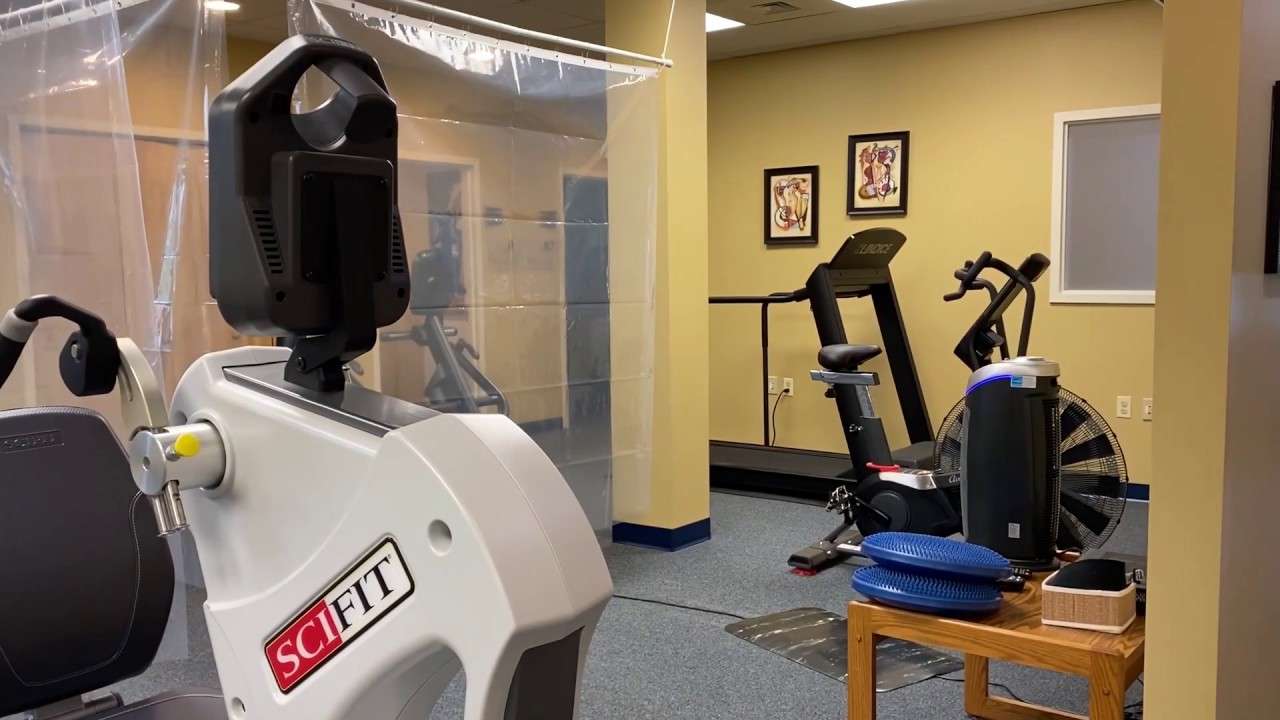Here’s a look at some of the techniques used in CBT, what types of issues they address, and what to expect with CBT.
Although the past is certainly relevant, CBT focuses on providing you with tools to solve your current problems. And there a lot of ways to get there with this type of therapy.
Cognitive behavioral therapy , or CBT, is a common form of talk therapy. Unlike some other therapies, CBT is typically intended as a short-term treatment, taking anywhere from a few weeks to a few months to see results.
The key principle behind CBT is that your thought patterns affect your emotions, which, in turn, can affect your behaviors.
For instance, CBT highlights how negative thoughts can lead to negative feelings and actions. But, if you reframe your thoughts in a more positive way, it can lead to more positive feelings and helpful behaviors.
Your therapist will teach you how to make changes you can implement right now. These are skills you can continue to use for the rest of your life.
Depending on the issue you’re dealing with and your goals, there are several ways to approach CBT. Whatever approach your therapist takes, it will include:
- identifying specific problems or issues in your daily life
- becoming aware of unproductive thought patterns and how they can impact your life
- identifying negative thinking and reshaping it in a way that changes how you feel
- learning new behaviors and putting them into practice
After speaking with you and learning more about the issue you want help with, your therapist will decide on the best CBT strategies to use.
Some of the techniques that are most often used with CBT include the following 9 strategies:
1. Cognitive restructuring or reframing
This involves taking a hard look at negative thought patterns.
Perhaps you tend to over-generalize, assume the worst will happen, or place far too much importance on minor details. Thinking this way can affect what you do and it can even become a self-fulfilling prophecy.
Your therapist will ask about your thought process in certain situations so you can identify negative patterns. Once you’re aware of them, you can learn how to reframe those thoughts so they’re more positive and productive.
For example: “I blew the report because I’m totally useless” can become “That report wasn’t my best work, but I’m a valuable employee and I contribute in many ways.”
2. Guided discovery
In guided discovery, the therapist will acquaint themselves with your viewpoint. Then they’ll ask questions designed to challenge your beliefs and broaden your thinking.
You might be asked to give evidence that supports your assumptions, as well as evidence that does not.
In the process, you’ll learn to see things from other perspectives, especially ones that you may not have considered before. This can help you choose a more helpful path.
3. Exposure therapy
Exposure therapy can be used to confront fears and phobias. The therapist will slowly expose you to the things that provoke fear or anxiety, while providing guidance on how to cope with them in the moment.
This can be done in small increments. Eventually, exposure can make you feel less vulnerable and more confident in your coping abilities.
4. Journaling and thought records
Writing is a time-honored way of getting in touch with your own thoughts.
Your therapist may ask you to list negative thoughts that occurred to you between sessions, as well as positive thoughts you can choose instead.
Another writing exercise is to keep track of the new thoughts and new behaviors you put into practice since the last session. Putting it in writing can help you see how far you’ve come.
5. Activity scheduling and behavior activation
If there’s an activity you tend to put off or avoid due to fear or anxiety, getting it on your calendar can help. Once the burden of decision is gone, you may be more likely to follow through.
Activity scheduling can help establish good habits and provide ample opportunity to put what you’ve learned into practice.
6. Behavioral experiments
Behavioral experiments are typically used for anxiety disorders that involve catastrophic thinking.
Before embarking on a task that normally makes you anxious, you’ll be asked to predict what will happen. Later, you’ll talk about whether the prediction came true.
Over time, you may start to see that the predicted catastrophe is actually not very likely to happen. You’ll likely start with lower-anxiety tasks and build up from there.
7. Relaxation and stress reduction techniques
In CBT, you may be taught some progressive relaxation techniques, such as:
You’ll learn practical skills to help lower stress and increase your sense of control. This can be helpful in dealing with phobias, social anxieties, and other stressors.
8. Role playing
Role playing can help you work through different behaviors in potentially difficult situations. Playing out possible scenarios can lessen fear and can be used for:
- improving problem solving skills
- gaining familiarity and confidence in certain situations
- practicing social skills
- assertiveness training
- improving communication skills
9. Successive approximation
This involves taking tasks that seem overwhelming and breaking them into smaller, more achievable steps. Each successive step builds upon the previous steps so you gain confidence as you go, bit by bit.
Cognitive Therapy
Purpose, Treatment techniques, Preparation, Typical results
Cognitive therapy is a psychosocial therapy that assumes that faulty cognitive, or thought, patterns cause maladaptive behavior and emotional responses. The treatment focuses on changing thoughts in order to adjust psychological and personality problems.
Purpose
Psychologist Aaron Beck developed the cognitive therapy concept in the 1960s. The treatment is based on the principle that maladaptive behavior (ineffective, self-defeating behavior) is triggered by inappropriate or irrational thinking patterns, called automatic thoughts. Instead of reacting to the reality of a situation, an individual automatically reacts to his or her own distorted viewpoint of the situation. Cognitive therapy focuses on changing these thought patterns (also known as cognitive distortions), by examining the rationality and validity of the assumptions behind them. This process is termed cognitive restructuring.
Cognitive therapy is a treatment option for a number of mental disorders, including agoraphobia, Alzheimer’s disease, anxiety or panic disorder, attention deficit-hyperactivity disorder (ADHD), eating disorders, mood disorders, obsessive-compulsive disorder (OCD), personality disorders, post-traumatic stress disorder (PTSD), psychotic disorders, schizophrenia, social phobia, and substance abuse disorders. It can be useful in helping individuals with anger management problems, and has been reported to be effective in treating insomnia. It is also frequently prescribed as an adjunct, or complementary, therapy for patients suffering from back pain, cancer, rheumatoid arthritis, and other chronic pain conditions.
Treatment techniques
Cognitive therapy is usually administered in an out-patient setting (clinic or doctor’s office) by a therapist trained or certified in cognitive therapy techniques. Therapy may be in either individual or group sessions, and the course of treatment is short compared to traditional psychotherapy (often 12 sessions or less). Therapists are psychologists (Ph.D., Psy.D., Ed.D., or M.A. degree), clinical social workers (M.S.W., D.S.W., or L.S.W. degree), counselors (M.A. or M.S. degree), or psychiatrists (M.D. trained in psychiatry).
Therapists use several different techniques in the course of cognitive therapy to help patients examine thoughts and behaviors. These include:
- Validity testing. The therapist asks the patient to defend his or her thoughts and beliefs. If the patient cannot produce objective evidence supporting his or her assumptions, the invalidity, or faulty nature, is exposed.
- Cognitive rehearsal. The patient is asked to imagine a difficult situation he or she has encountered in the past, and then works with the therapist to practice how to successfully cope with the problem. When the patient is confronted with a similar situation again, the rehearsed behavior will be drawn on to deal with it.
- Guided discovery. The therapist asks the patient a series of questions designed to guide the patient towards the discovery of his or her cognitive distortions.
- Journaling. Patients keep a detailed written diary of situations that arise in everyday life, the thoughts and emotions surrounding them, and the behavior that accompany them. The therapist and patient then review the journal together to discover maladaptive thought patterns and how these thoughts impact behavior.
- Homework. In order to encourage self-discovery and reinforce insights made in therapy, the therapist may ask the patient to do homework assignments. These may include note-taking during the session, journaling (see above), review of an audiotape of the patient session, or reading books or articles appropriate to the therapy. They may also be more behaviorally focused, applying a newly learned strategy or coping mechanism to a situation, and then recording the results for the next therapy session.
- Modeling. Role-playing exercises allow the therapist to act out appropriate reactions to different situations. The patient can then model this behavior.
Cognitive-behavioral therapy (CBT) integrates features of behavioral modification into the traditional cognitive restructuring approach. In cognitive-behavioral therapy, the therapist works with the patient to identify the thoughts that are causing distress, and employs behavioral therapy techniques to alter the resulting behavior. Patients may have certain fundamental core beliefs, known as schemas, which are flawed, and are having a negative impact on the patient’s behavior and functioning. For example, a patient suffering from depression may develop a social phobia because he/she is convinced he/she is uninteresting and impossible to love. A cognitive-behavioral therapist would test this assumption by asking the patient to name family and friends that care for him/her and enjoy his/her company. By showing the patient that others value him/her, the therapist exposes the irrationality of the patient’s assumption and also provides a new model of thought for the patient to change his/her previous behavior pattern (i.e., I am an interesting and likeable person, therefore I should not have any problem making new social acquaintances). Additional behavioral techniques such as conditioning (the use of positive and/or negative reinforcements to encourage desired behavior) and systematic desensitization (gradual exposure to anxiety-producing situations in order to extinguish the fear response) may then be used to gradually reintroduce the patient to social situations.
Preparation
Cognitive therapy may not be appropriate for all patients. Patients with significant cognitive impairments (e.g., patients with traumatic brain injury or organic brain disease) and individuals who are not willing to take an active role in the treatment process are not usually good candidates.
Because cognitive therapy is a collaborative effort between therapist and patient, a comfortable working relationship is critical to successful treatment. Individuals interested in cognitive therapy should schedule a consultation session with their prospective therapist before starting treatment. The consultation session is similar to an interview session, and it allows both patient and therapist to get to know one another. During the consultation, the therapist gathers information to make an initial assessment of the patient and to recommend both direction and goals for treatment. The patient has the opportunity to learn about the therapist’s professional credentials, his/her approach to treatment, and other relevant issues.
In some managed-care settings, an intake interview is required before a patient can meet with a therapist. The intake interview is typically performed by a psychiatric nurse, counselor, or social worker, either face-to-face or over the phone. It is used to gather a brief background on treatment history and make a preliminary evaluation of the patient before assigning them to a therapist.
Typical results
Because cognitive therapy is employed for such a broad spectrum of illnesses, and is often used in conjunction with medications and other treatment interventions, it is difficult to measure overall success rates for the therapy. Cognitive and cognitive behavior treatments have been among those therapies not likely to be evaluated, however, and efficacy is well-documented for some symptoms and problems.
Some studies have shown that cognitive therapy can reduce relapse rates in depression and in schizophrenia, particularly in those patients who respond only marginally to antidepressant medication. It has been suggested that this is because cognitive therapy focuses on changing the thoughts and associated behavior underlying these disorders rather than just relieving the distressing symptoms associated with them.




